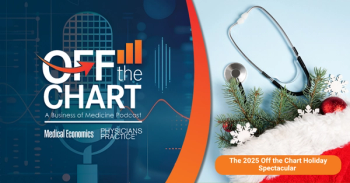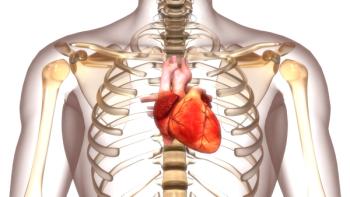
National health spending grew 4.8% in March compared to 2021
Overall health spending grows more slowly than GDP
A report from
In comparison, GDP in March was 9.7% higher than in March 2021. For the first quarter of this year, it was 10.6% higher than first quarter 2021.
According to the report, this difference in growth rates is partly attributable to the decline in federal government support via the
Physician and clinical services
The report also shows that health employment continues moderate growth, mostly in the ambulatory sector. Health care employment grew by 34,300 jobs in April 2022, with gains of 27,900 jobs in ambulatory care settings, 4,500 jobs in hospitals, and 1,900 jobs in nursing and residential care.
More than two years since the start of the pandemic, the level of health employment is 250,000 jobs (1.5%) below the pre-pandemic peak, while the distribution of jobs has continued to shift from inpatient and residential settings to ambulatory settings, according to the report.
Employment in ambulatory settings is now 246,000 jobs (3.1%) above where it was in February 2020, while hospital employment remains 93,000 jobs (1.8%) below February 2020 and nursing and residential care employment is down by 402,000 jobs (11.9% decline).
Wage data are consistent with a tight labor market overall and in health care in particular. Average hourly earnings in health care grew 7.3% year over year in March 2022 (the most recent industry-level data). Earnings across all private sector jobs grew 5.6% year over year in March and 5.5% in April 2022.
Newsletter
Stay informed and empowered with Medical Economics enewsletter, delivering expert insights, financial strategies, practice management tips and technology trends — tailored for today’s physicians.








